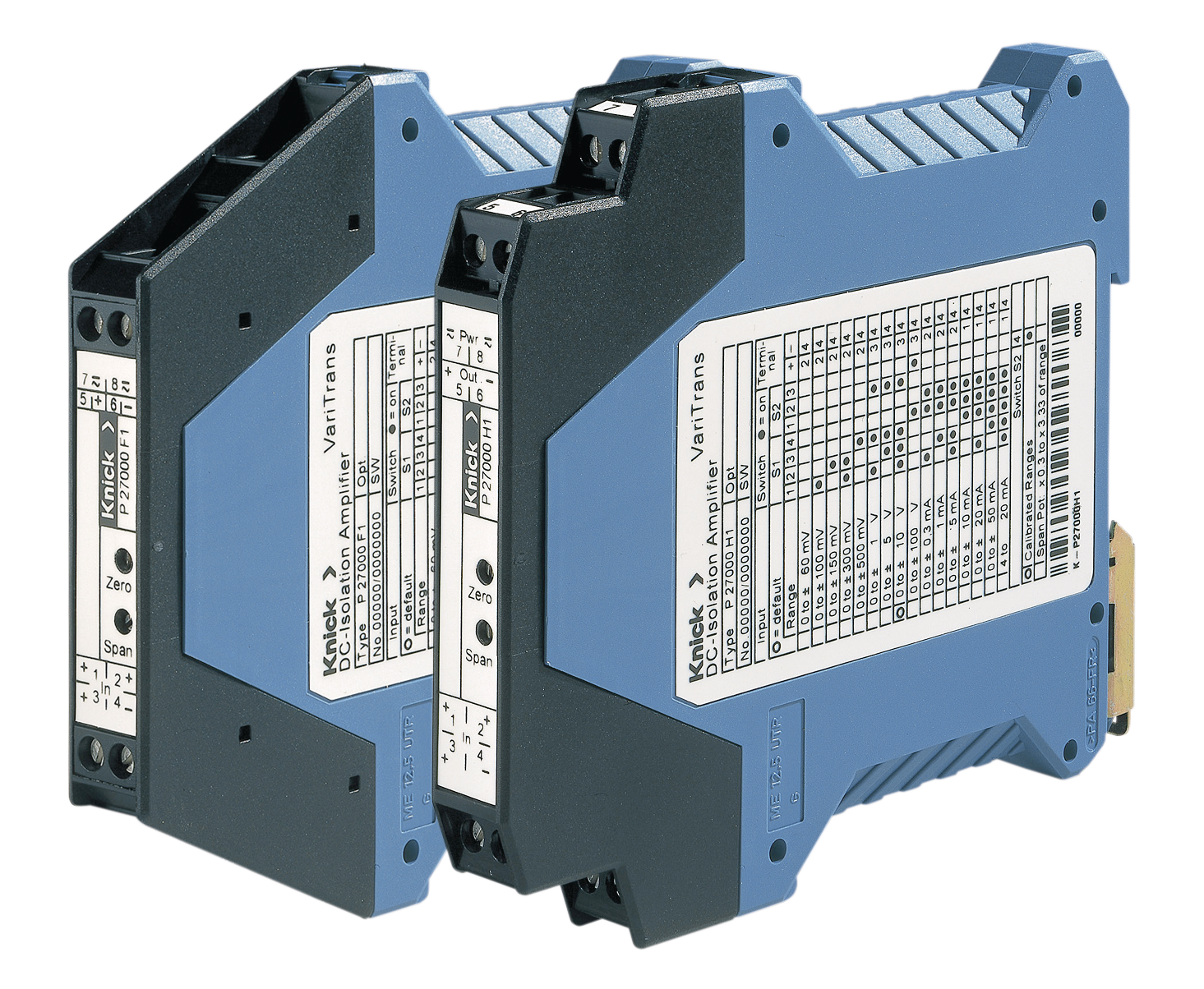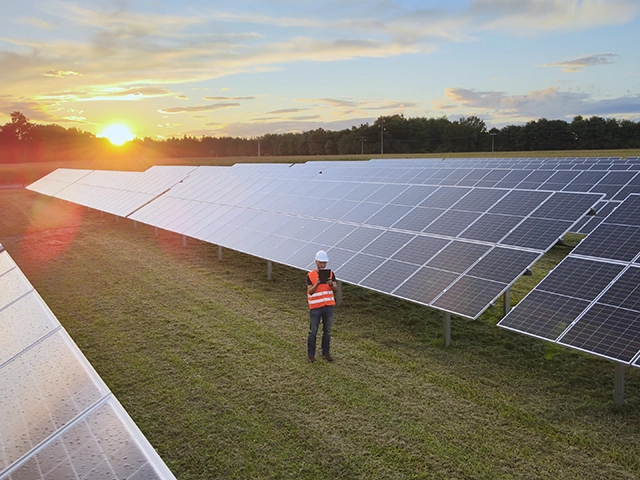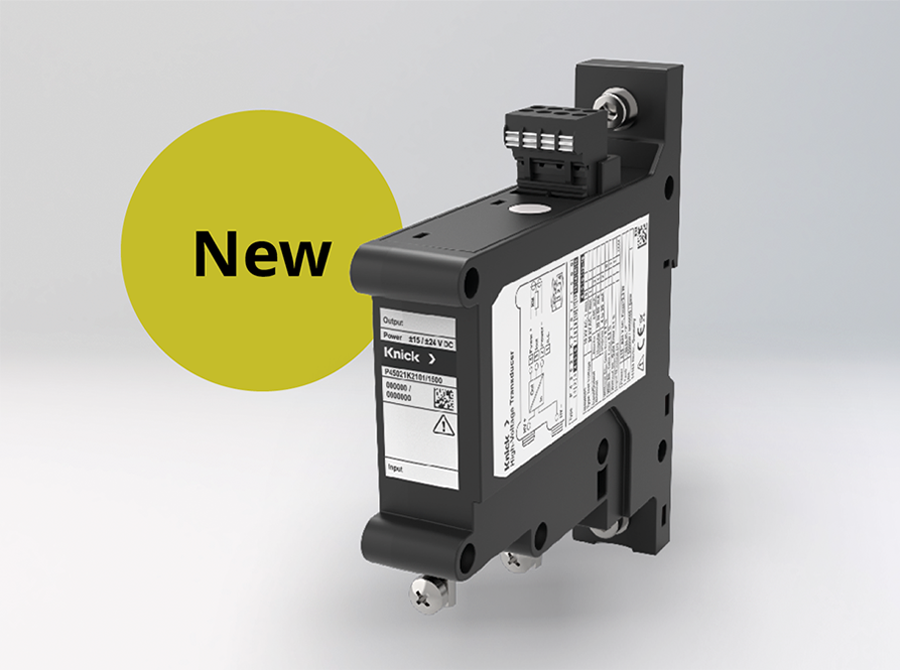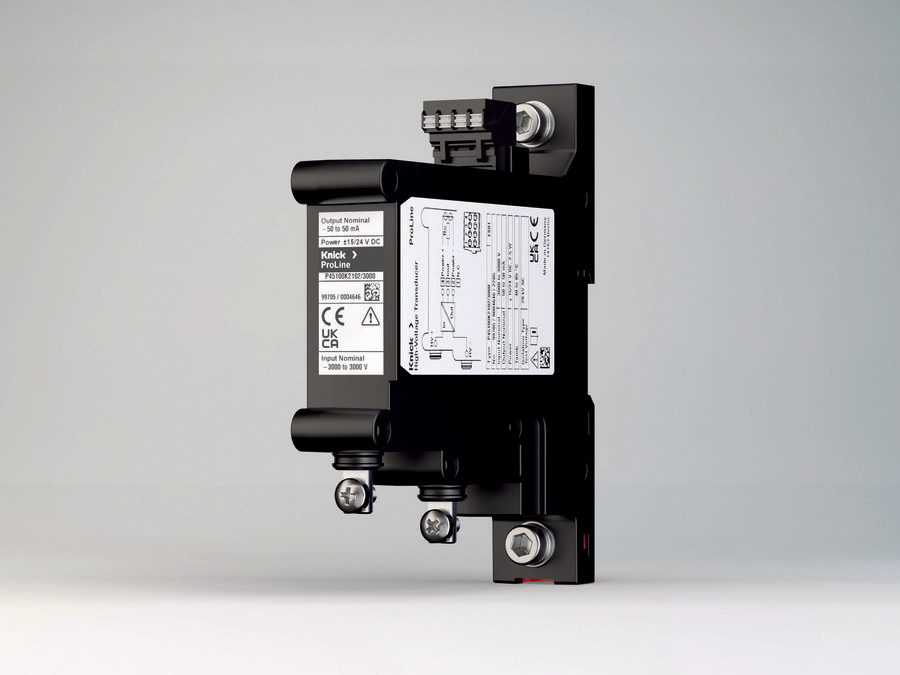Wind Turbine Measurements
The development of wind energy production is characterized by ever larger turbines up to multi-megawatt size, complex terrain (e.g., offshore), and the resulting higher investment costs and increasing productivity demands.
For monitoring the efficiency of wind turbines, various measurement sensors are used whose unipolar and bipolar signals have to be combined and converted for further processing. The collected data can be evaluated in terms of the wind conditions, energy output, noise emissions, and shadows cast.
Current and voltage signals must be transmitted over large distances to the data capture system in a manner that is as free from interference as possible. Data capture systems and sensors are often subjected to extreme environmental conditions.
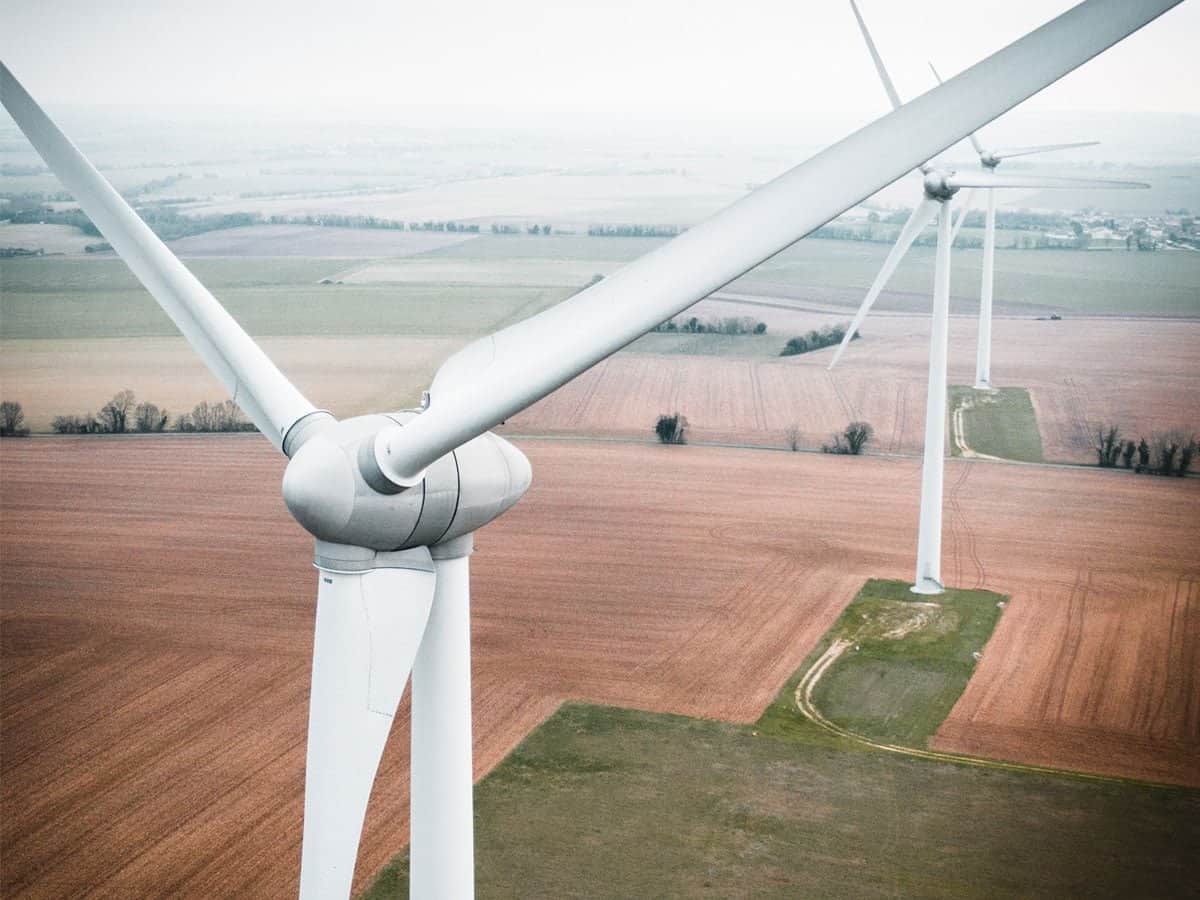

Measuring wind turbines
Factors that could have a negative effect on the profitability of wind turbines must be continuously monitored. In order to guarantee the optimal output, modern wind turbines contain a range of sensors whose measuring signals must be acquired, converted, and queried – in many cases over long distances.
Here, the P27000 universal isolated signal conditioner guarantees protection against overvoltage and measuring signal distortion from potential differences. Its advantage is that up to 480 input and output ranges are calibrated and switchable with DIP switches. Their switching is controlled digitally and does not require any complicated readjustment.
With a gain error of less than 0.08 % of measured value and a temperature coefficient of less than 0.005 %/K of input value, P27000 provides constantly high transmission quality that exceeds all requirements placed on industrial measuring technology. Smart circuit design keeps the power dissipation of the device low, reducing heat build-up such that the enclosure remains cold. In turn, this extends the service life of the electronic components.
With their 3-port isolation between input, output and auxiliary power, the devices in a narrow modular housing with a width of only 12.5 mm have such a compact design that up to 80 signal conditioners can fit on a one-meter DIN rail.
Return on investment
- Lower service costs with longer intervals thanks to a longer service life
- High flexibility with only one product type that supports different measurement methods and can be operate with almost any supply voltage
- Reliable protection of the measured data tracking system and measuring channels among each other
- Accuracy that exceeds industrial requirements, even under extreme conditions
- Low power dissipation, thanks to smart circuit design



